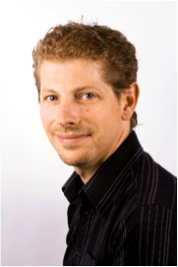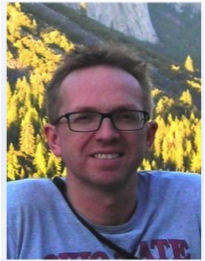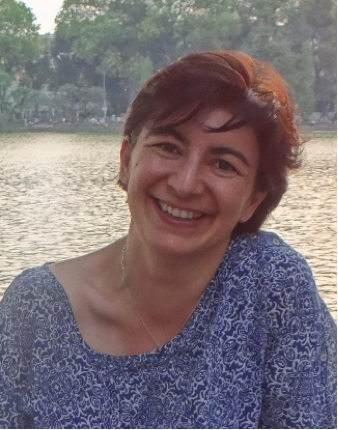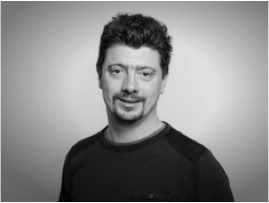Abstract:
(1) Introduction to gas phase rotational and rovibrational spectroscopies of atmospheric compounds. (2) MM-wave rotational spectroscopy using electronic sources of industrial pollutants. (3) THz/Far-IR rotational and rovibrational measurements using optoelectronic and optical sources for atmospheric databases. (4) Advanced photonic techniques for trace gas detection in realistic media.
Lecture: Basics Experimental Spectroscopy Tutorial
 |
Sébastien Payan
|
Abstract:
Atmospheric Radiative Transfer: The main objectives of this lecture is to give a quantitative and qualitative description of the radiative transfer in the atmosphere. Radiation-matter interactions will allow to introduce the main energetic quantities. General equations including scattering and their implementation to remote sensing will be then described. A case study will be considered in details. Retrieval Algorithm: This lecture aims to explain how spectra retrievals allow to infer physical quantities. The retrieval principle will be presented based on least-square fitting of the spectra. More sophisticated approaches (non-linear least square, linearization of the forward model, damped least square…) will be described. The role and weight of a priori information will be discussed enabling the analysis and quantification of information content. Source of errors and uncertainties will be also discussed. Tutorials: A computer-based tutorial will be proposed to simulate atmospheric spectra for a ground solar occultation FTIR case study. A second computer-based tutorial will be proposed to retrieve gas concentration from atmospheric spectra.
Lecture : Atmosperic Radiative Transfert
 |
Martin Schwell
Principles of molecular spectroscopy. Advanced techniques in UV and FUV spectroscopy: from the laboratory to remote sensing |
Abstract:
(1) General introduction to molecular spectroscopy, with special attention to its use in remote sensing and atmospheric modelling.
(2) Photoelectron and Photoionization spectroscopy.
(3) Experimental laboratory spectroscopy in the ultraviolet and far ultraviolet spectral domain, with different light sources.
(4) Ultraviolet spectroscopy for remote sensing and atmospheric modelling.
Lecture : Basics Experimental Spectros & General Introduction to Spectros
 |
Yao Te (LERMA, UPMC, Paris, France)
Ground-based FTIR measurement technique for the monitoring of atmospheric pollutants and greenhouse gases |
Abstract:
Remote sensing based on FTIR (Fourier Transform InfraRed) spectroscopy has become a well-established technology for the monitoring of atmospheric trace gas abundances. It is widely used on different platforms (ground, balloon, aircraft, and satellite). We will focus on the ground-based FTIR measurements in the frame of international observation networks like TCCON and NDACC-IRWG. A detailed overview will be provided: measurement principle, instrumental description and performance, radiative transfer for data analysis, results related to scientific research hot topics, network structure and organization, and opportunities of operating such instrumentation in large agglomerations.
Lecture : Ground Based / Ground Based Tutorials
 |
Linda Tomasini (Centre National d’Etudes Spatiales, Toulouse, France)
Atmospheric remote sensing missions and applications |
Abstract:
Artificial satellites offer an exclusive viewpoint for atmospheric remote sensing. This lecture will present the specificities and added-values of space missions in this domain. The different types of space systems and instrumentations will be presented and illustrated by real projects such as CNES projects (Merlin, Microcarb) or Copernicus ones. A focus on applications of atmospheric remote sensing and especially Copernicus services will be included.
Lecture : Satellite Measurements
 |
Ha Tran (LMD/IPSL CNRS, Sorbonne Universités, Paris, France)
Spectra modelling: collisional effects on spectral shape and consequences for atmospheric remote sensing |
Abstract:
Atmospheric observation is mainly based on the solar radiation transmitted by the atmosphere or on the thermal radiation emitted by the Earth surface and by the atmosphere. The analysis of the measured data, mostly done through the so-called “inversion” procedures, requires the knowledge of the intrinsic spectroscopic parameters of absorption lines. The collisions between the molecules also have to be considered as their effects yield a modification of the spectral shape for most of the atmospheric physical conditions (pressure, temperature). This lecture is devoted to spectra modelling, more specifically to the effects of molecular collisions on the spectral shape. Their consequences for atmospheric remote sensing will be also discussed.
Lecture : Line Shape
